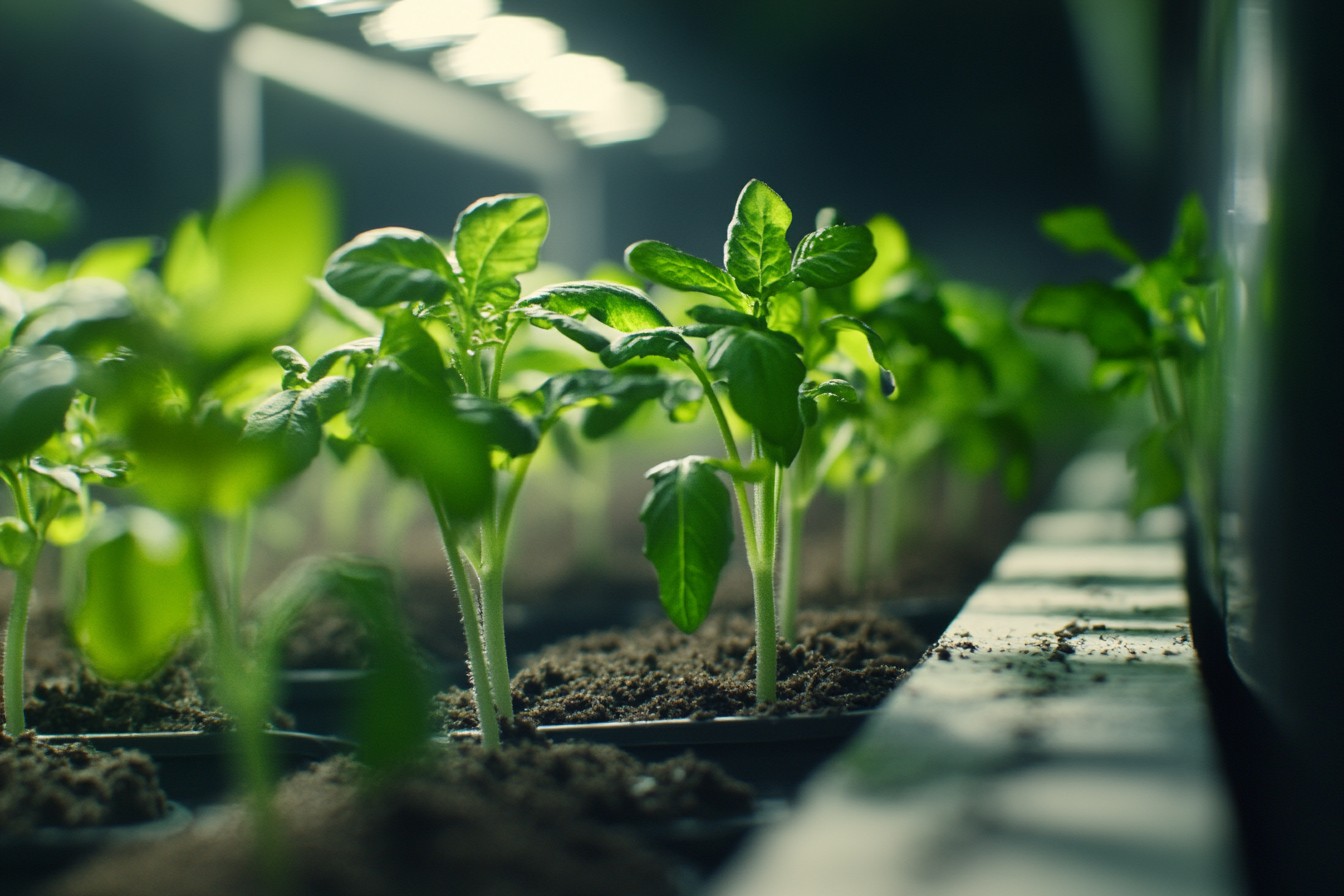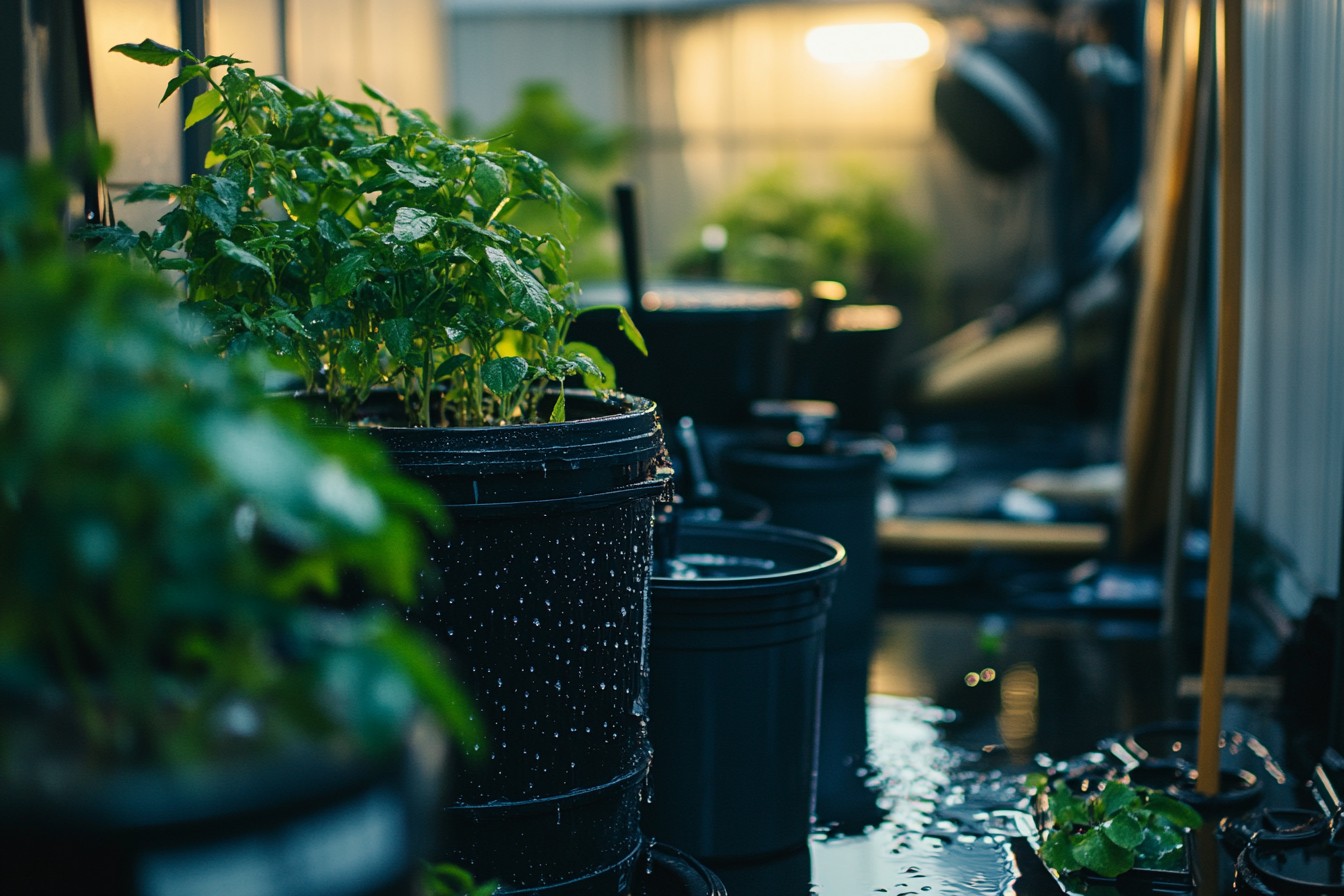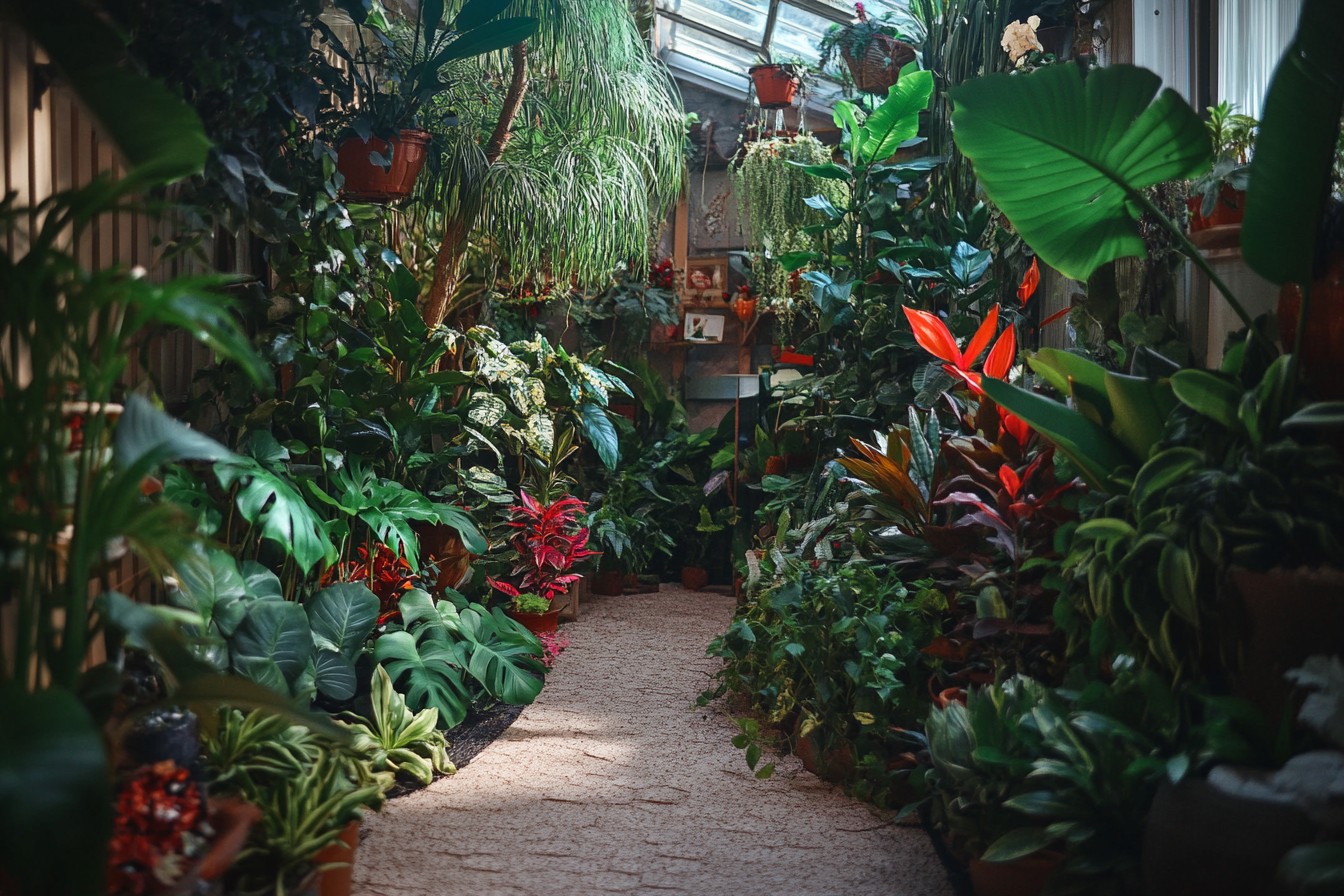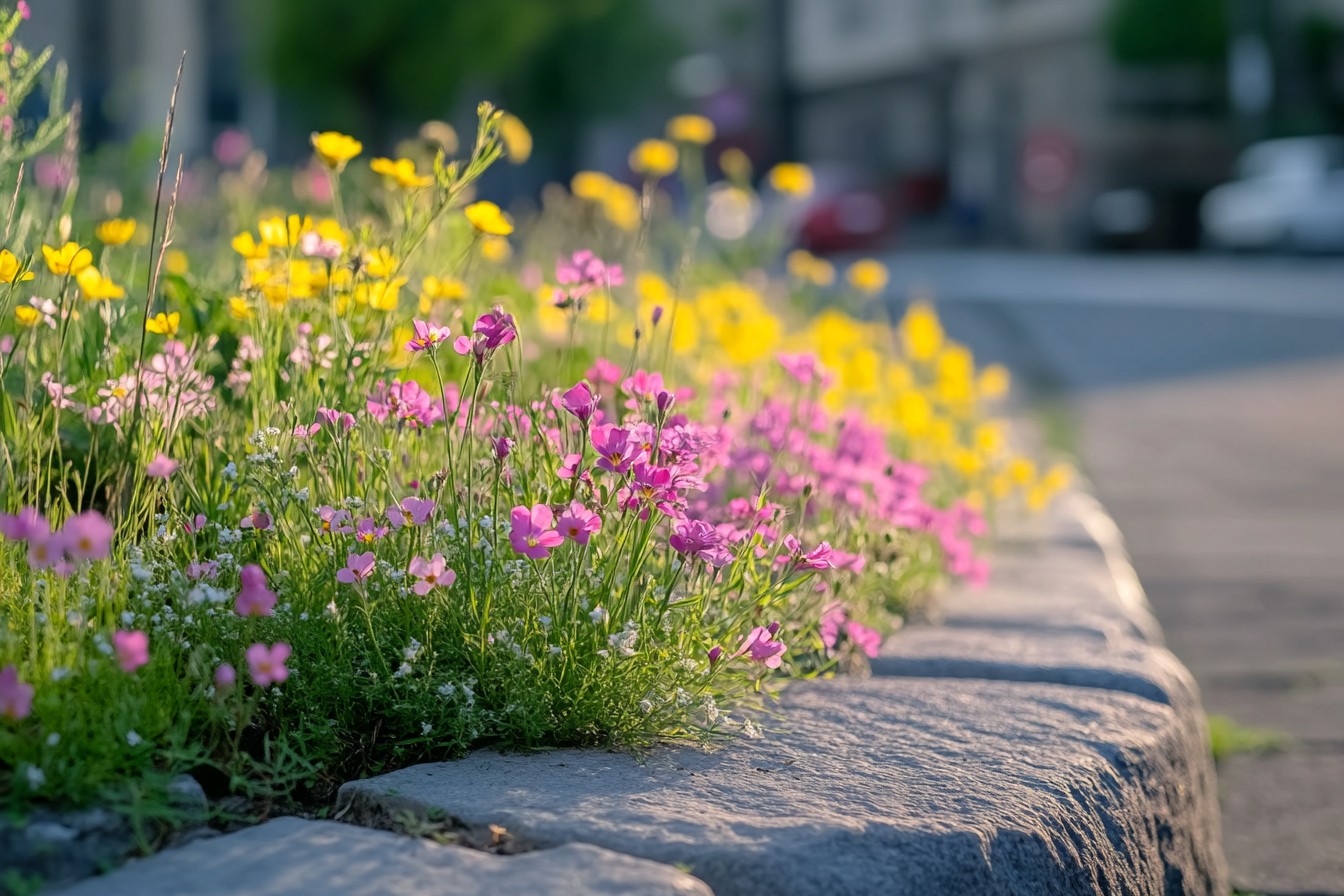The day my water bill hit $94.37 was the day I decided something had to change. I’d been nursing a growing collection of thirsty vegetables and houseplants through a particularly brutal Illinois summer, and apparently, my plants had expensive taste. I stood in my kitchen, bill in one hand, watering can in the other, making the kind of dramatic sigh that only someone who lives alone can truly perfect.
That’s when I glanced out the window and saw it—my building’s gutter system, cheerfully directing gallons of perfectly good rainwater straight into the storm drain during a sudden downpour. It was like watching someone dump gold down the drain. Free water!
Just… falling from the sky! And I was paying the city nearly a hundred bucks for the privilege of using their water instead.
Listen, I’m not what you’d call a “patient planner.” My sister Lisa calls it my “disaster-then-innovation cycle.” So naturally, instead of researching proper rainwater collection systems, I grabbed a plastic storage tub from under my bed, ran outside in the rain, and shoved it under the downspout. Twenty minutes later, I had 14 gallons of water, a soaked t-shirt, and a new obsession. My landlord Terry—bless him and his incredibly lax building modification policies—barely blinked when I explained my grand vision for a rooftop rainwater collection setup.
“Just don’t put holes in the actual roof,” he said, not looking up from his phone. “And if you fall off and die, I’m telling the police you were never here.” Love that guy. The first version was, uh, rudimentary.
I rigged up a plastic barrel directly connected to one downspout using a diverter I bought online for $32.99 (plus shipping). It worked, technically speaking. But it also immediately taught me several important lessons: First, water is really freaking heavy.
My 55-gallon drum, when full, weighed over 450 pounds and made alarming creaking noises on the wooden deck where I’d placed it. Second, leaves are the enemy. After one week, my barrel water looked like someone had brewed tea using compost.
Third, mosquitoes consider standing water to be a luxury resort and breeding paradise. Three YouTube tutorials and one mild argument with the guy at the hardware store later (“No, I don’t want to just ‘hook up a hose,’ Kevin. I’m trying to create a SYSTEM here.”), I was back with version 2.0.
This time, I incorporated a first-flush diverter—basically a pipe segment that collects the initial runoff from the roof, which carries most of the dirt, bird poop, and debris. Cost: $73.85, including some PVC parts I later realized I didn’t need. Classic me.
The filtration challenges were where things got interesting/frustrating/educational. My building has asphalt shingles, which I discovered are basically sandpaper for water. They shed tiny granules that clogged my initial mesh filter within days.
After experimenting with progressively finer mesh screens (and one disastrous attempt with an old t-shirt that somehow made things worse), I finally landed on a three-stage filtration system: a coarse screen at the gutter, a finer mesh at the barrel inlet, and a layer of window screen over the top of my collection barrels to keep out the mosquitoes and the mysterious roof gunk. By this point, my “small project” had expanded to three interconnected 55-gallon food-grade barrels I scored from a local pickle factory. The guy who sold them to me for $20 each definitely thought I was making moonshine.
“I won’t tell nobody,” he assured me with a wink. I didn’t have the heart to explain that I was just really into sustainable gardening. Feels like moonshine would’ve been cooler.
Connecting the barrels was a lesson in fluid dynamics I was definitely not prepared for. Turns out, water always finds the path of least resistance, which in my case was “out of any connection point I hadn’t triple-checked.” After several leaks, two memorable floods, and one incident where my downstairs neighbor knocked on my door holding a soaking wet ceiling tile with an expression that could only be described as “murderous patience,” I finally got it right. The key was using bulkhead fittings with rubber gaskets, not just “jamming PVC pipes into holes I drilled and hoping for the best,” which had been my initial approach.
The real game-changer was adding a gravity-fed delivery system. Rather than lugging watering cans up and down my back stairs (a process my knees were formally protesting), I installed a spigot at the bottom of each barrel and ran a hose connection to my plant areas. Total cost for this upgrade: $62.35, plus approximately 47 trips to the hardware store because I kept buying the wrong sized fittings.
Pretty sure the cashier started hiding when she saw me coming. Now for the numbers, because I’m still an engineer at heart, even if my current job title is basically “professional plant killer with a YouTube channel.” During spring and early summer in my part of Illinois, one good rainstorm can fill my entire 165-gallon capacity within hours. My roof section captures runoff from approximately 290 square feet, and with our annual rainfall averaging around 39 inches, that’s potentially 6,700 gallons of water yearly.
In reality, I collect closer to 3,800 gallons because I’m not always home to manage overflow during heavy storms, and winter collection is… complicated. Ever tried chipping a solid block of ice out of a rain barrel in February?
I have! Don’t recommend it! The overflow management was another “learning experience” (code for “disaster that taught me something”).
My first solution was simply drilling a hole near the top of each barrel and connecting an overflow hose. But during our first real downpour, water pressure built up faster than the hose could handle, creating a lovely geyser effect on my back deck. My neighbor’s kid thought it was wonderful.
My neighbor, less so. I upgraded to a proper overflow system using 2-inch PVC pipe connected between barrels and ultimately directing excess water back to the original downspout. Cost: $43.92, plus a six-pack of beer for my neighbor as a peace offering.
I also added a water level indicator—literally just a clear tube attached to the side of the barrel with measurement marks I drew with a Sharpie. Nothing fancy, but it works. Winter posed its own unique challenges.
After my first barrel cracked from freezing (rookie mistake), I developed a seasonal system. Late fall, I drain the barrels completely, disconnect them from the downspouts, and install winterized diverters. I store some water in sealed containers in my apartment for winter houseplant needs.
When spring rolls around, usually mid-March, I reconnect everything, clean out any debris that’s collected in the gutters over winter, and reset the system. Is this setup perfect? Not even close.
Every heavy rain teaches me something new about water pressure, filtration needs, or the importance of secure connections. I’ve got a list of upgrades I’m saving for: a better pre-filter system at the gutter level, a solar-powered pump to improve water pressure for my fifth-floor plants, and maybe a more aesthetically pleasing barrel setup (my current “pickle barrel chic” look isn’t winning any design awards). But here’s the real bottom line: My water bill dropped to $32.18 last month.
My plants are thriving on rainwater that’s free of the chlorine and fluoride in city water. And there’s something deeply satisfying about watching your water barrels fill during a storm, knowing you’re collecting a resource that would otherwise just run down the drain. For anyone thinking about setting up their own system, start small.
One barrel, one downspout. See what problems pop up (and trust me, they will), and solve them before expanding. The total cost of my current setup, including all the mistakes and do-overs, was around $427.
Not exactly pocket change, but it’ll pay for itself in water bill savings within about 18 months, based on my calculations (scribbled on the back of an envelope while drinking coffee this morning, so you know, super scientific). Oh, and maybe check with your landlord first. Unless you’ve got a Terry.
In which case, just don’t fall off the roof.









